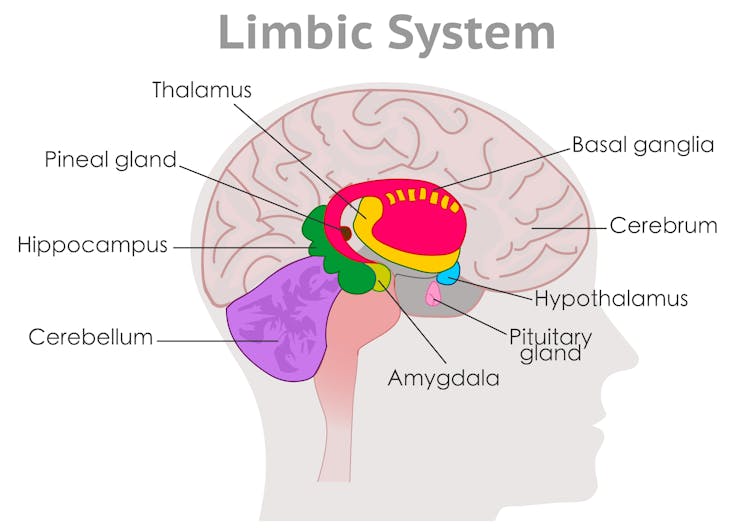
Autism, a neurodevelopmental condition, significantly influences how individuals communicate, behave, and even move. Recent studies have highlighted that variations in walking patterns, or gait, are often associated with autism. These differences are not merely superficial; they are now recognized in the Diagnostic and Statistical Manual of Mental Disorders as a supporting feature for diagnosis.
A variety of gait characteristics can be observed in autistic individuals. Some of the most common include toe-walking, where individuals walk on the balls of their feet, and in-toeing or out-toeing, which involves walking with one or both feet turned inward or outward, respectively. Additionally, research spanning three decades indicates that autistic individuals tend to walk more slowly, take wider steps, and spend longer in the “stance” phase of walking, leading to noticeable differences in stride length and walking speed.
Causes of Gait Differences
The underlying causes of these gait differences are primarily linked to variations in brain development, particularly in areas known as the basal ganglia and cerebellum. The basal ganglia play a crucial role in coordinating movement sequences, ensuring smooth and automatic motions. Meanwhile, the cerebellum integrates visual and proprioceptive information to maintain balance and control over movements.
Research suggests that differences in the structure, function, and connectivity of these brain regions contribute to gait variability among autistic individuals. While some earlier theories posited that these gait differences were merely a result of delayed development, current understanding indicates that they persist throughout life and may become more pronounced with age.
Management and Support Strategies
Not every gait variation necessitates treatment. Healthcare professionals advocate for an individualized and goal-oriented approach. For some autistic individuals, subtle gait differences may not hinder daily life and therefore do not require intervention. However, those whose gait impacts their daily activities—such as experiencing frequent falls or facing discomfort—can benefit from targeted support.
Support can take various forms, including community-based programs aimed at enhancing motor skills in natural settings. One such initiative is the Joy of Moving Program in Australia, which integrates movement opportunities into classroom activities, allowing children to refine their motor skills alongside peers. Community interventions, such as sports or dance, have shown promise in improving the movement abilities of autistic children.
The importance of physical activity extends beyond just enhancing motor skills. Emerging evidence suggests that engaging in physical activities can also bolster social skills and behavioral regulation in preschool-aged children with autism. As a result, there is a growing movement towards establishing community-based support systems that cater to the needs of autistic individuals.
Although significant progress has been made in understanding the gait of autistic individuals, researchers continue to explore the nuances of individual variability. Understanding when and why these differences manifest remains a critical area for future investigation.
As governments work to develop more inclusive community-based supports for autistic children, it is vital to recognize and celebrate the diverse ways individuals move, empowering them rather than viewing their unique movements as challenges to be fixed.







